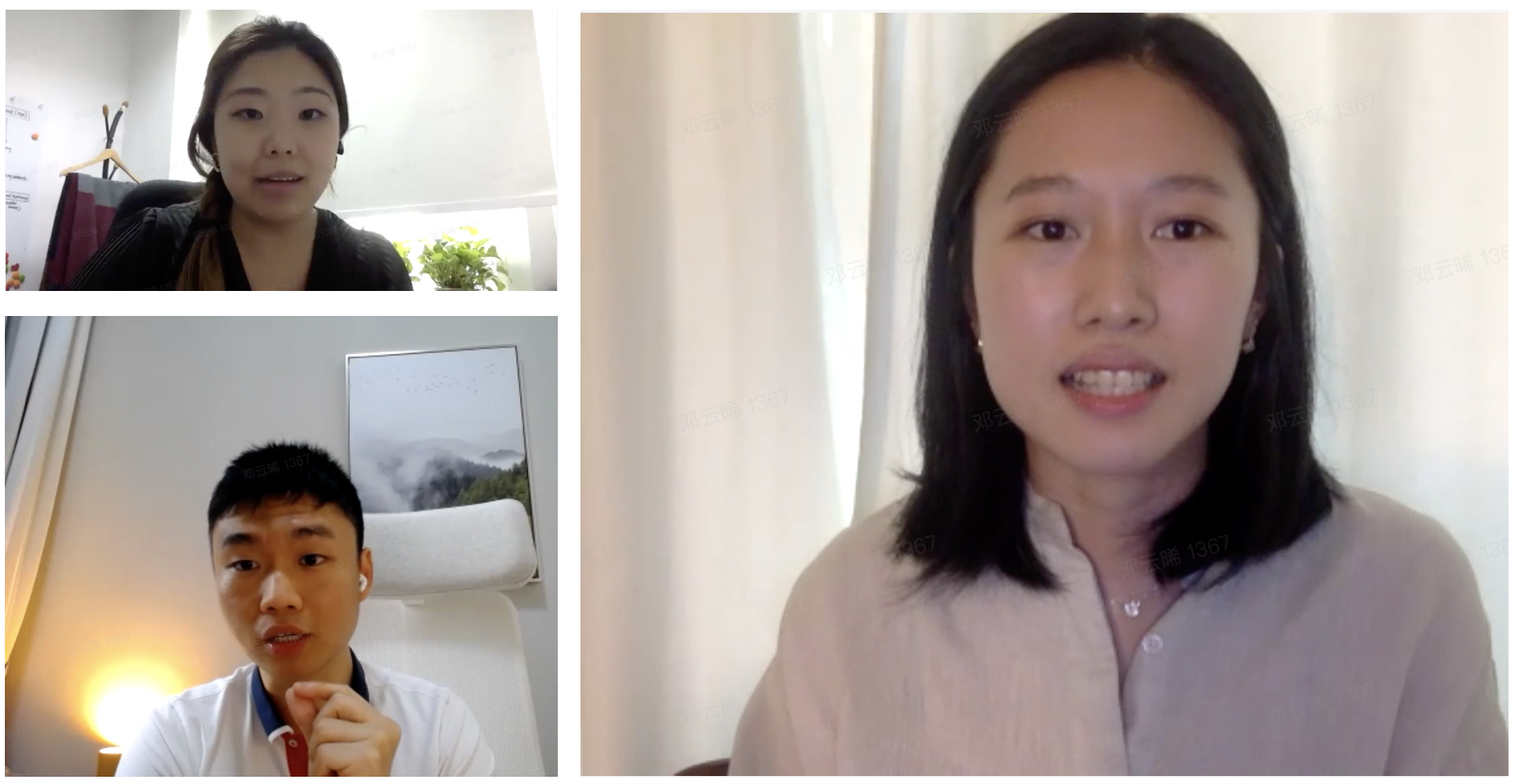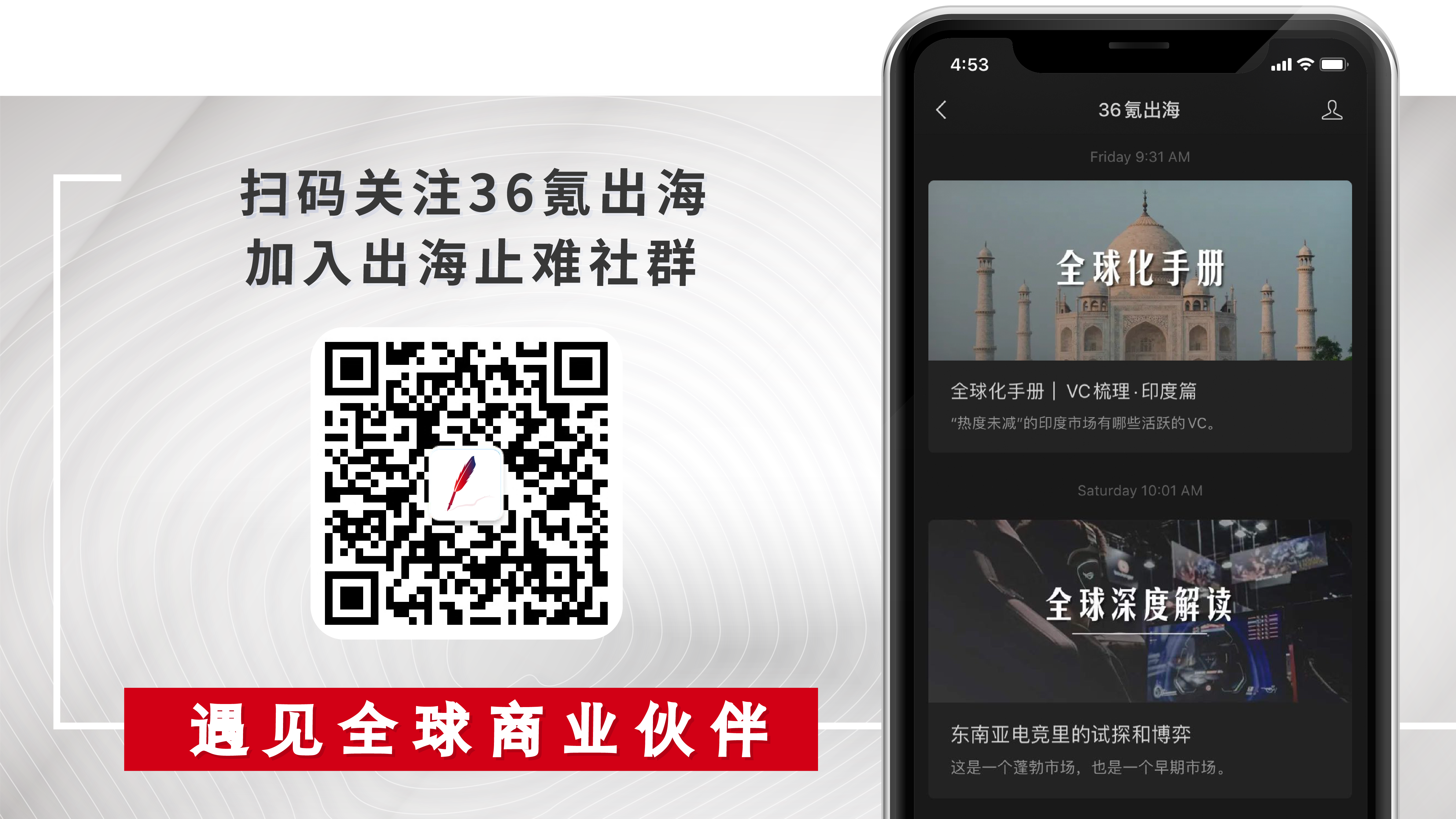Southeast Asia has multiple languages, cultures, and entrepreneurial environments, and overseas teams need to have an in-depth understanding of the various regions where they land.

On May 27, the Overseas Brothers brand and 36Kr Global ’s English media brand KrASIA jointly launched an online live sharing salon event with the theme of “Employee Recruitment in Southeast Asia”. At the event, we invited Mr. Yang Hexiang (Oswald), CEO of Glints, a Southeast Asian recruitment service platform, and Director of the Shanghai Office of the Singapore Economic Development Board Ms. Huang Jingwen (Genevieve) to share and answer questions.
In recent years, Southeast Asia, with its huge population and traffic dividends, has become one of the most important destinations for entrepreneurs going overseas. However, in Southeast Asia where the language, religion, culture, economic development, and entrepreneurial environment are quite different from China, how to form and manage local teams has become the “essential skills” of Chinese Southeast Asian companies.
36Kr Global, as an overseas business group company, is committed to breaking the asymmetry of Asian information, integrating the resources of the four major Asian regions of China, Southeast Asia, India and Japan, and building a truly comprehensive service platform for cooperation, exchange and investment of multinational enterprises. Its Chinese media brand “Going Out” provides cutting-edge information, professional reports and in-depth interpretation for overseas enterprises and new business people who are concerned about overseas markets, so as to help Chinese companies better achieve globalization.
At the moment, going overseas is preparing to build a “going to sea” community to provide a platform for communication and cooperation for people who are concerned about the new global economy. Welcome to scan the code at the end of the article to pay attention to the outgoing public account, and join the outgoing community to communicate with global business partners.
We will also focus on the difficulties of Chinese companies going overseas, regularly share series, and form subdivided communities. At present, we have set up a series of sharing of “Going Out of the Sea | Employers Overseas” series, which will provide practical skills in recruitment, management, staff training and other aspects for Chinese overseas companies through regular sharing.

As the first phase of the online sharing event of “Overcoming Difficulties | Employers Overseas”, Glints CEO Oswald and Singapore Economic Development Board’s Genevieve shared common problems in local recruitment and employee management in Southeast Asia. The following is an excerpt from sharing content.
To watch the full video, click here .
Going overseas: What are the ways to recruit employees in Southeast Asia? Is headhunting a common recruitment channel in Southeast Asia?
Oswald: In Southeast Asia, there are two main ways to recruit employees. The first is that companies use their recruitment platforms to choose their own employees. In addition, each country in Southeast Asia has its own recruitment platform. Of course, there are also platforms that cover multiple markets. The second is through headhunting and HR service companies, they can provide enterprises with full services from recruitment to onboarding, as well as employee management. For Chinese companies going overseas, the second option is more appropriate.
Going overseas: How can we reach more fresh graduates and senior practitioners in Southeast Asia?
Genevieve: Universities in Southeast Asia have “Career Office”, they will help companies find fresh graduates. Chinese overseas companies can recruit talent through this channel. In addition, companies can also cooperate with universities. Southeast Asian universities have internship requirements for senior students every year. This method can not only find talents, but also test whether the talents found are qualified for the job through the internship period.
Oswald: Senior professionals usually do not post resumes on recruitment websites, so Chinese companies can recruit senior practitioners through local headhunters.
Going overseas: What conditions do local employees in Southeast Asia value more when recruiting? For example: benefits, salary, job saturation, etc.
Oswald: In fact, many Chinese companies face the same problem “how to attract local talents” when they go to Southeast Asia. In fact, in recent years, for many local applicants, Chinese companies, especially Chinese technology companies, are more attractive.
Because many local talents know that the development of Chinese technology companies is ahead of the local ones. For example: China’s technological development compared to IndonesiaFor Vietnam, it will be 5-10 years ahead. For local talents, the advantage of Chinese companies is that they can provide them with many learning opportunities. Therefore, when recruiting Chinese companies, they can attract local talents through the condition of “providing learning opportunities”.
Going overseas: What are the most common mistakes Chinese companies make when recruiting in Southeast Asia?
Genevieve: A common problem for Chinese companies is that they often ignore the creation of “Employer Branding” when going overseas to another country. Since the competitive environment overseas is completely different from that in China, when enterprises go overseas to a market, they need to think clearly about their positioning in this market. How to build a good and well-known “employer brand”, so as to attract more high-quality talents.
Oswald: Some Chinese companies choose to use the Chinese management team for overseas recruitment and employee management. However, due to the large differences in culture, language and China among Southeast Asian countries, many problems will arise in recruitment and daily management. Therefore, many Chinese companies now choose to find local talents who are bilingual (Chinese and local languages) and understand the culture of the two places and form a leadership team.
Going overseas: What are the cultural and language differences that Chinese companies going to Southeast Asia should pay attention to?
Oswald: When it comes to cultural differences, Singapore and Vietnam are not very different from China. There are many Chinese in Singapore, so the language is also better for communication. But for cultural differences, such as Malaysia and Indonesia, apart from language, there are also religious differences.
For example, in Malaysia, Indonesia and Brunei, they have to pray every day, sometimes at work. In addition, there are some special festivals. For example, the annual “Ramadan (Ramandan)” is a very important holiday for them. Therefore, when overseas teams land in these countries with religious beliefs, they must understand and respect the local culture.
Going overseas: We found that in Southeast Asia, the frequency of job-hopping of employees is relatively high. What is the main reason?
Oswald: That ’s true. In Southeast Asia, especially in relatively new economies like Indonesia and Vietnam, employees usually work 1-1.5 years in a job. The main reason is to seek “increasing salary”. In Indonesia and Vietnam, employees usually expect salary increases of 30-50% for new jobs.
But as I said, many local talents now attach great importance to their own experience accumulation and access to learning opportunities. Therefore, if the company can provide them with more opportunities to learn and exercise, for example, to replace them with differentThe positions and job contents can also effectively enhance their loyalty to the enterprise.
Going overseas: If a company has already been established in Singapore and subsequently wants to go overseas to other countries in Southeast Asia, do they need to set up new companies?
Genevieve: Because the laws, regulations and policies of each country are different, some countries will require companies to be registered locally. Therefore, overseas companies need to go to the local consulting company to understand. However, some Chinese companies want to enter other parts of Southeast Asia after going to Singapore. They will initially use a “business trip” to wait for the business to stabilize before establishing a local team.
Going overseas: What are the three most important points that companies need to pay attention to when going overseas to Southeast Asia?
Oswald: First, each country in Southeast Asia has different laws, cultures, and talents. Companies need to understand separately. On the other hand, countries have different advantages in terms of talents. For example, Singapore ’s talents are better at management, the Philippines ’design talents are more prominent, and IT talents can be selected in Vietnam. Therefore, enterprises can form teams based on the advantages of talents in each region.
Second, for companies going overseas to Southeast Asia, it is important to have a leadership team and managers who understand Chinese and local culture and language. The third point is that it is recommended that the overseas team can cooperate with local HR service companies or headhunting companies when recruiting talents locally, which is more efficient than selecting talents through recruitment platforms.

